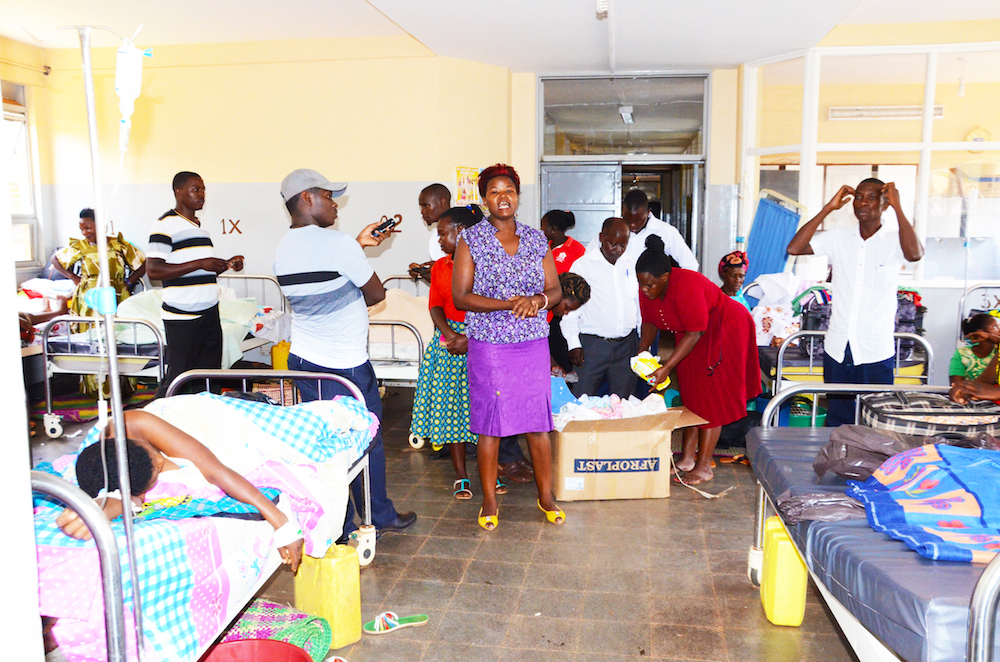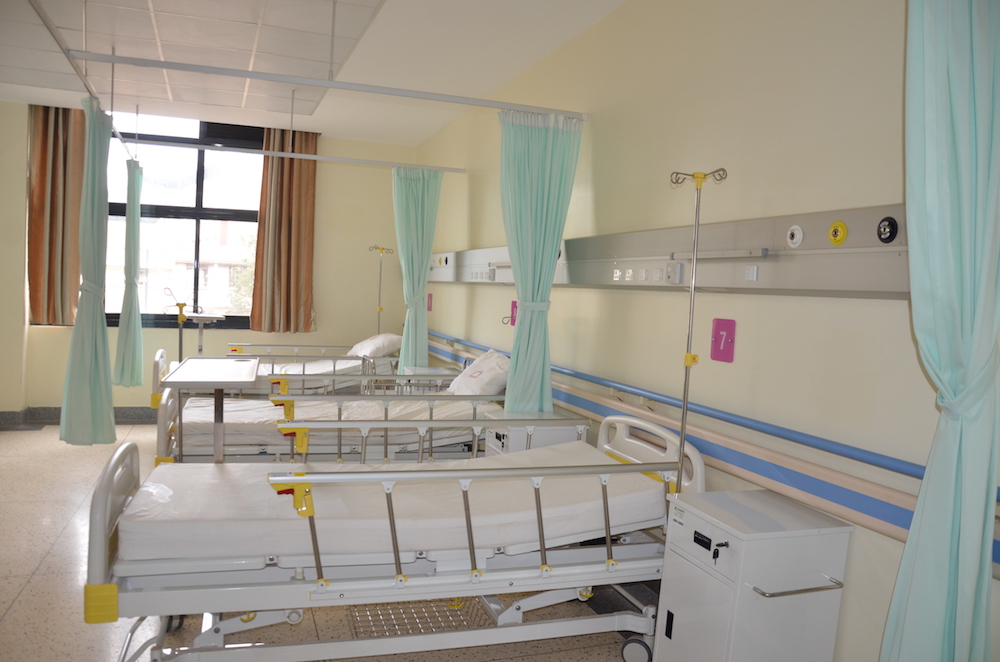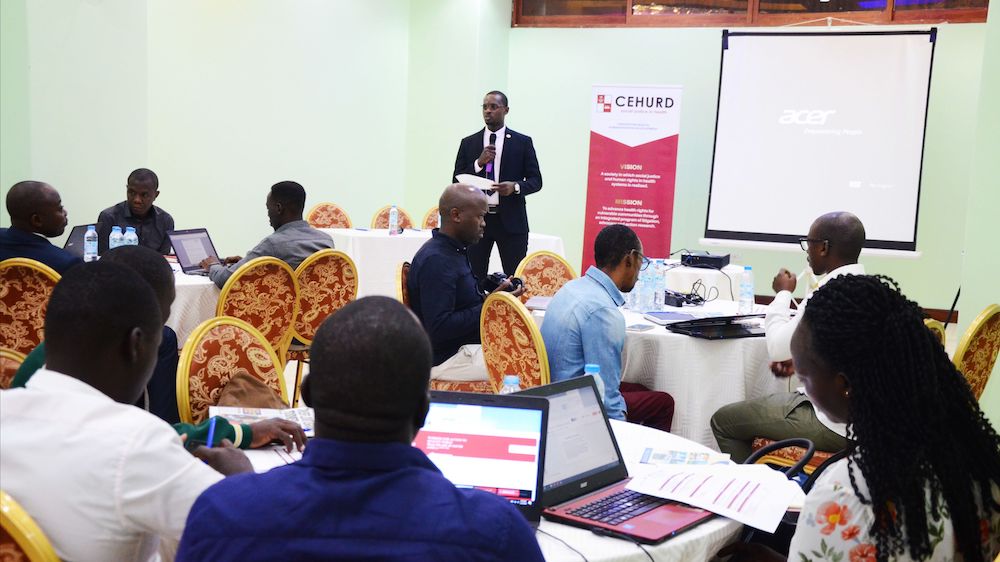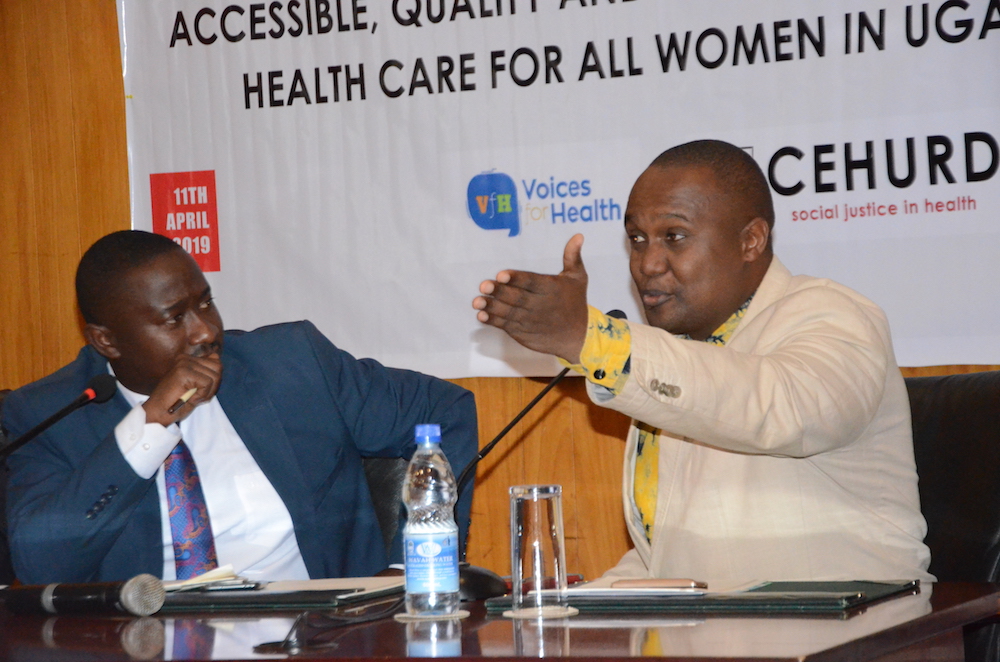The Ministry of Education and Sports has drafted a National School Health Policy to guide the design and implementation of interventions to improve health in school settings in Uganda over the period 2018-2023. Basing on results from a review of the latest draft of the policy, this brief highlights areas of the draft policy that the Ministry needs to improve in order to better align the policy with the human
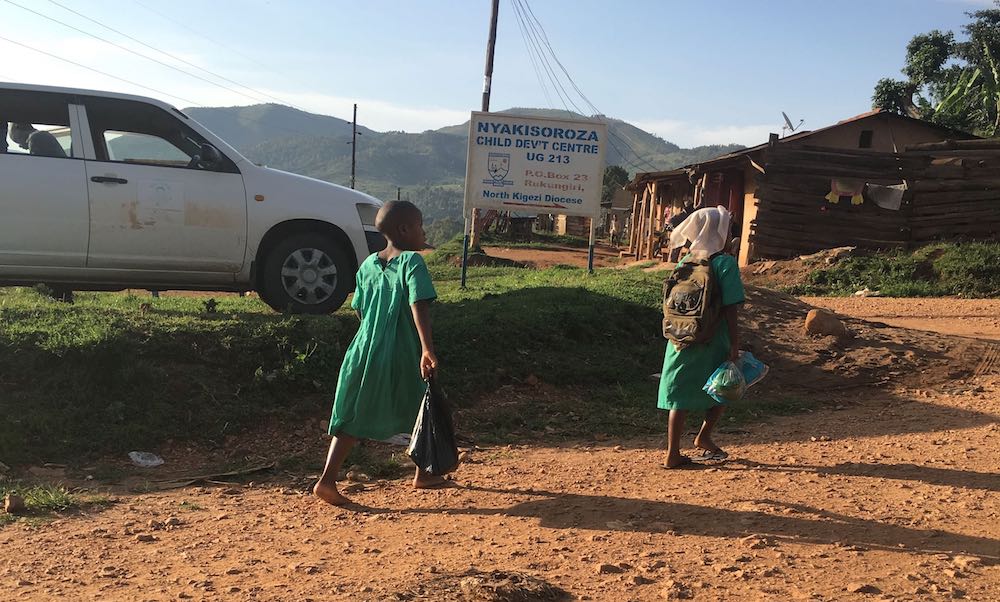
The National School Health Policy 2018-2023 is being developed in response to not only the poor school health indicators but also to the under performance of interventions that have so far been implemented. Interventions implemented by government and other actors in recent years include Uganda school health and reading program (SHRP); school health project (SHEP); school health and nutrition program; adolescent reproductive health, guidance and counselling; school water and sanitation; sexuality education and life skills, the Presidential Initiative on AIDS Strategy for Communication to Youth (PIASCY). There have also been school health programs targeting children above five years for deworming and oral hygiene and girls of reproductive age for vaccination.
In spite of these and other interventions, school health indicators remain appalling. Adolescent pregnancies remain high; UDHS 2016 estimated that one in four adolescent girls aged 15-19 years was either pregnant or already had a child. In a national study of adolescent health risk behavior in Uganda by Ministry of Health, almost 22% of adolescents reported some form of sexual activity. This not only puts their health at risk, but also their education and future wellbeing. A report by the International Center for Research on Women (ICRW) has revealed that pregnancy is responsible for the drop-out of school of 13.1% of girls aged 14-18 years in West Nile.
Download our POLICY BRIEF
